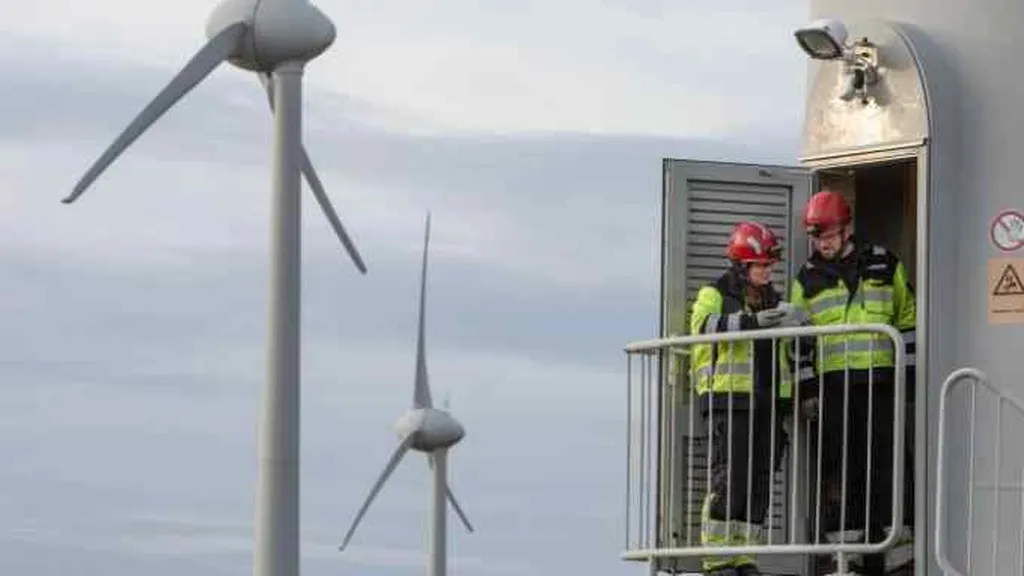In the quest to decarbonize industry, green hydrogen is emerging as a key player, and a recent study published in the *Journal of Ocean and Coastal Energy* has shed light on the most viable renewable energy sources to produce it. The research, led by David Pegler of the University of Plymouth, compares the techno-economic viability of floating offshore wind (FLOW) and tidal range energy for green hydrogen production and storage, offering crucial insights for the energy sector.
The UK government has set ambitious targets to deploy 5 GW of electrolysers by 2030, but the role of green hydrogen in decarbonization remains unclear. Pegler’s study aims to fill this knowledge gap by comparing FLOW and tidal range energy in terms of their ability to provide uninterrupted power and hydrogen for industrial decarbonization.
The study employs Levelised Cost of Electricity (LCoE) and Levelised Cost of Hydrogen (LCoH) metrics, along with sensitivities for Discount Rate (DR) and electrolyser efficiency. It considers various components, including onshore electrolysers, desalination, compression, subsea pipelines, storage platforms, Underground Hydrogen Storage (UHS), and Hydrogen Gas Turbine Generators (HGTG). These components are scaled to meet demands over a 25-year period.
One of the key findings is that storage is essential for both FLOW and tidal range energy. FLOW must overcome seasonal patterns and interannual variability, while tidal energy must bridge the springs-neaps and equinox cycles. “Storage is a critical aspect of both technologies,” Pegler explains. “For tidal, the predictability of the resource results in a smaller storage requirement, but for wind, the variability means a larger storage capacity is needed.”
The study also highlights the potential of salt caverns for GWh storage, as identified by the Royal Society, and the presence of halite beneath the Celtic Sea, as reported by the British Geological Society (BGS). This could have significant implications for the energy sector, as it opens up new possibilities for large-scale hydrogen storage.
In terms of costs, the study finds that FLOW requires a smaller generating and electrolyser capacity, with lower LCoE and LCoH. However, tidal energy’s predictability results in a smaller storage requirement, and its long asset life and compatibility with alternative storage technologies merit further investigation.
The research has significant implications for the energy sector, as it provides a comprehensive comparison of two promising renewable energy sources for green hydrogen production. “This study shows how marine renewables can provide continual power and hydrogen for decarbonization, and hydrogen’s ability as an energy store and flexible fuel,” Pegler says.
As the energy sector continues to evolve, the findings of this study could shape future developments in green hydrogen production and storage. By providing a clear comparison of FLOW and tidal range energy, the research offers valuable insights for policymakers, industry stakeholders, and investors looking to decarbonize industrial processes. The study’s emphasis on the importance of storage also highlights the need for further research and development in this area, as it is a critical aspect of both technologies.

